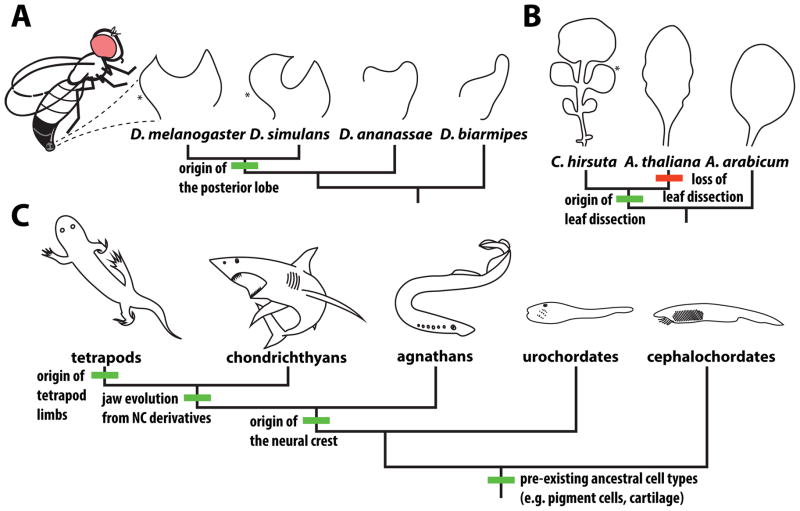Figure 2. Morphological structures whose origins have been illuminated through the study of gene regulatory networks and their constituent enhancers.
(A) The posterior lobe (*) is a genital outgrowth unique to males of Drosophila (D.) melanogaster and its close relatives that is required for mating. (B) Leaf dissection and the consequent presence of distinct leaflets (*) has arisen multiple times in seed plants. A convenient model for studying this trait is the complex leaf of the Cardamine (C.) hirsuta, which likely evolved from an ancestral simple leaf exemplified by Aethionema arabicum, a basally branching species in the Brassicaceae family. The well-studied model organism Arabidopsis thaliana has lost leaf dissection and has simple leaves with only slight serrations at their margins. (C) Chordate novelties. The neural crest (NC) is a novel migratory cell population that invades multiple tissues along the body axis, differentiating into several different cell types. NC derivatives play key roles in the development of the vertebrate jaw. Several of the cell types that neural crest cells ultimately adopt pre-date the origins of this dynamic cell population, which arose in the ancestor of vertebrates. The tetrapod limb evolved from fins that first appeared in jawless fish.

